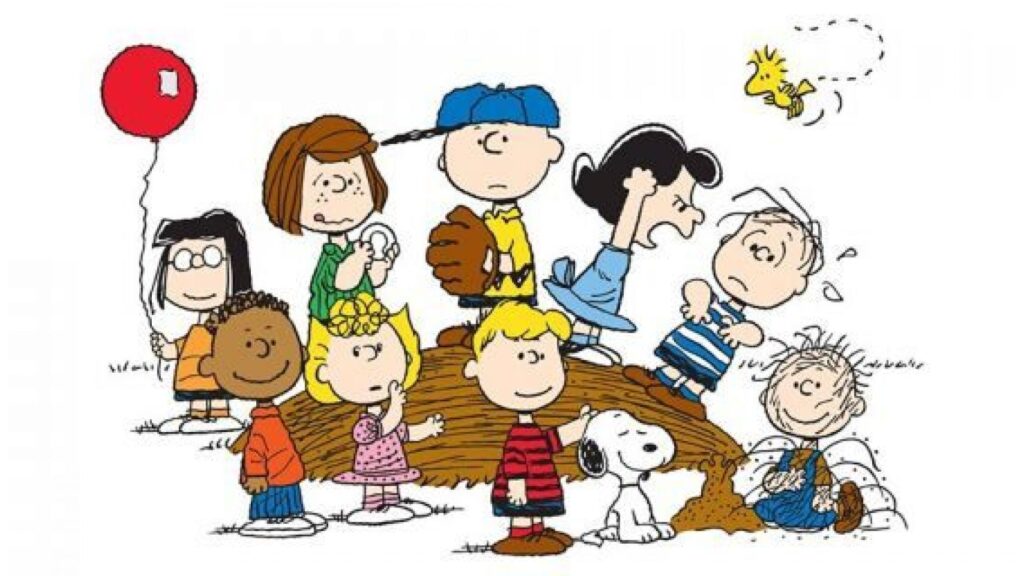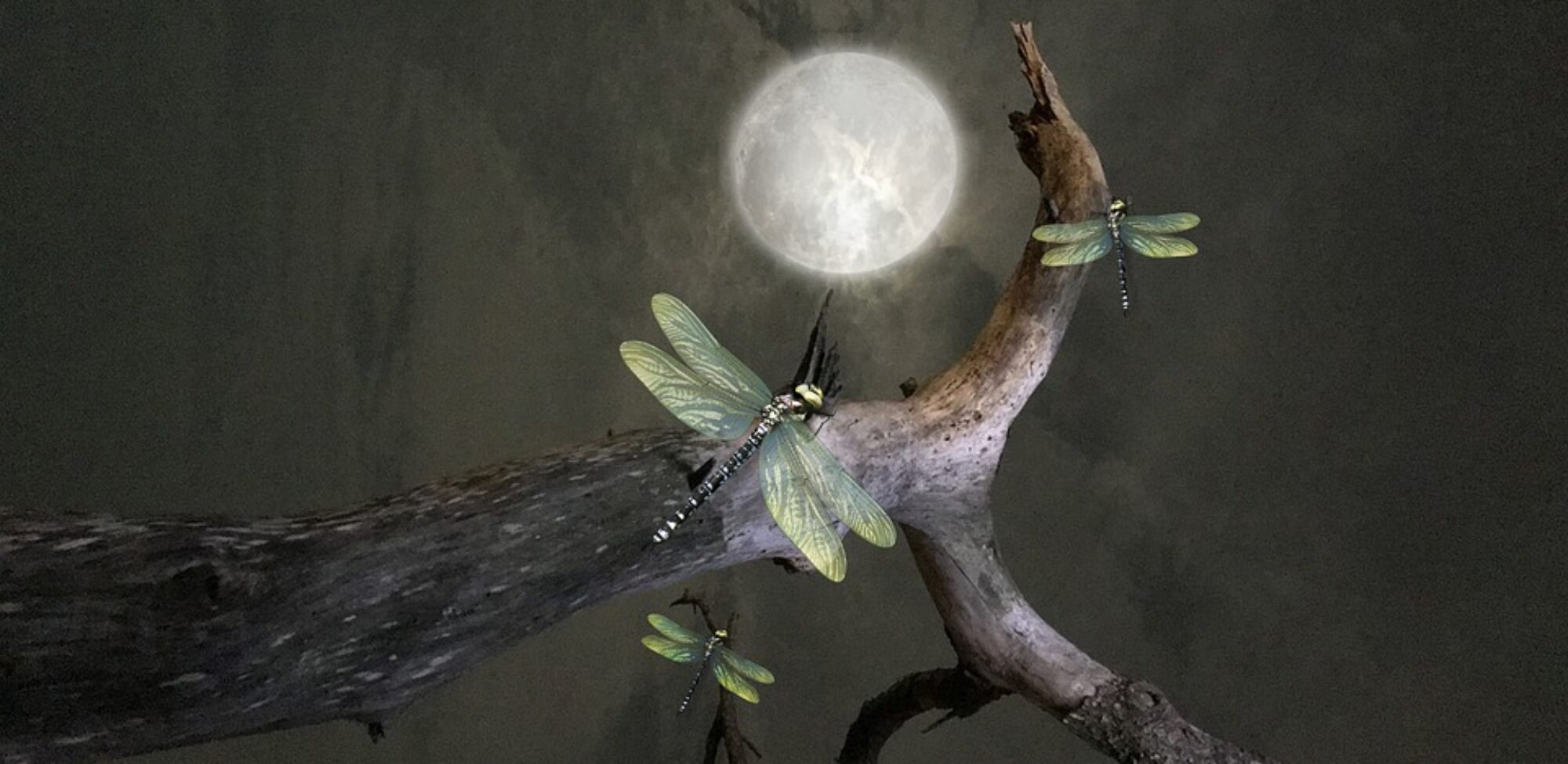Why and how a little black boy joined the Peanuts gang
…and helped change the world

I saw this and had to re-share! This morning a friend posted this on Facebook, who got it from a friend, who got it from The Jon S. Randal Peace Page on Facebook, and maybe got it from someone else… let’s keep sharing!!!
Do you know how and why the little black boy, Franklin, came to join the Peanuts comic strip? I have so much gratitude for the inspiration of Harriet Glickman, a school teacher and the courage of Charles Schultz, an influential cartoonist, for bringing Franklin to life and being one of Charlie Brown’s friends and a part of the Peanuts gang. Schultz had to buck the system. Peanuts is among the most popular and influential in the history of comic strips. The story demonstrates how each of us can change the world in simple, yet powerful ways, one caring and courageous choice at a time. ~Dee DiGioia
On July 31, 1968, a young, black man was reading the newspaper when he saw something that he had never seen before. With tears in his eyes, he started running and screaming throughout the house, calling for his mom. He would show his mom, and, she would gasp, seeing something she thought she would never see in her lifetime. Throughout the nation, there were similar reactions.
What they saw was Franklin Armstrong’s first appearance on the iconic comic strip “Peanuts.” Franklin would be 50 years old this year. (2018)
Franklin was “born” after a school teacher, Harriet Glickman, had written a letter to creator Charles M. Schulz after Dr. Martin Luther King, Jr. was shot to death outside his Memphis hotel room.
Glickman, who had kids of her own and having worked with kids, was especially aware of the power of comics among the young. “And my feeling at the time was that I realized that black kids and white kids never saw themselves [depicted] together in the classroom,” she would say.
She would write, “Since the death of Martin Luther King, ‘I’ve been asking myself what I can do to help change those conditions in our society which led to the assassination and which contribute to the vast sea of misunderstanding, hate, fear and violence.’”
Glickman asked Schulz if he could consider adding a black character to his popular comic strip, which she hoped would bring the country together and show people of color that they are not excluded from American society.
She had written to others as well, but the others feared it was too soon, that it may be costly to their careers, that the syndicate would drop them if they dared do something like that.
Charles Schulz did not have to respond to her letter, he could have just completely ignored it, and everyone would have forgotten about it. But, Schulz did take the time to respond, saying he was intrigued with the idea, but wasn’t sure whether it would be right, coming from him, he didn’t want to make matters worse, he felt that it may sound condescending to people of color.
Glickman did not give up, and continued communicating with Schulz, with Schulz surprisingly responding each time. She would even have black friends write to Schulz and explain to him what it would mean to them and gave him some suggestions on how to introduce such a character without offending anyone. This conversation would continue until one day, Schulz would tell Glickman to check her newspaper on July 31, 1968.
On that date, the cartoon, as created by Schulz, shows Charlie Brown meeting a new character, named Franklin. Other than his color, Franklin was just an ordinary kid who befriends and helps Charlie Brown. Franklin also mentions that his father was “over at Vietnam.” At the end of the series, which lasted three strips, Charlie invites Franklin to spend the night one day so they can continue their friendship. I just thought this was a good re-introduction of Franklin to the rest of the world – “I’m very glad to know you.”
There was no big announcement, there was no big deal, it was just a natural conversation between two kids, whose obvious differences did not matter to them. And, the fact that Franklin’s father was fighting for this country was also a very strong statement by Schulz.
Although Schulz never made a big deal over the inclusion of Franklin, there were many fans, especially in the South, who were very upset by it and that made national news. One Southern editor even said, “I don’t mind you having a black character, but please don’t show them in school together.”
It would eventually lead to a conversation between Schulz and the president of the comic’s distribution company, who was concerned about the introduction of Franklin and how it might affect Schulz’ popularity. Many newspapers during that time had threatened to cut the strip.
Schulz’ response: “I remember telling Larry at the time about Franklin — he wanted me to change it, and we talked about it for a long while on the phone, and I finally sighed and said, “Well, Larry, let’s put it this way: Either you print it just the way I draw it or I quit. How’s that?”
Eventually, Franklin became a regular character in the comic strips, and, despite complaints, Franklin would be shown sitting in front of Peppermint Patty at school and playing center field on her baseball team.
More recently, Franklin is brought up on social media around Thanksgiving time, when the animated 1973 special “A Charlie Brown Thanksgiving” appears. Some people have blamed Schulz for showing Franklin sitting alone on the Thanksgiving table, while the other characters sit across him. But, Schulz did not have the same control over the animated cartoon on a television network that he did on his own comic strip in the newspapers.
But, he did have control over his own comic strip, and, he courageously decided to make a statement because of one brave school teacher who decided to ask a simple question.
Glickman would explain later that her parents were “concerned about others, and the values that they instilled in us about caring for and appreciating everyone of all colors and backgrounds — this is what we knew when we were growing up, that you cared about other people . . . And so, during the years, we were very aware of the issues of racism and civil rights in this country [when] black people had to sit at the back of the bus, black people couldn’t sit in the same seats in the restaurants that you could sit . . . Every day I would see, or read, about black children trying to get into school and seeing crowds of white people standing around spitting at them or yelling at them . . . and the beatings and the dogs and the hosings and the courage of so many people in that time.”
Because of Glickman, because of Schulz, people around the world were introduced to a little boy named Franklin.

Peanuts is a syndicated daily and Sunday American comic strip written and illustrated by Charles M. Schulz that ran from October 2, 1950, to February 13, 2000, continuing in reruns afterward. Peanuts is among the most popular and influential in the history of comic strips, with 17,897 strips published in all,[1] making it “arguably the longest story ever told by one human being”.[2][3] https://en.wikipedia.org/wiki/Peanuts
Join our Mindful Explorers
Membership Program
To inspire children to develop healthy habits of mind by guiding them on a journey of self-discovery
to become leaders for a more mindful, kindful, peaceful world.

Stay up to date on announcements of classes and events:



